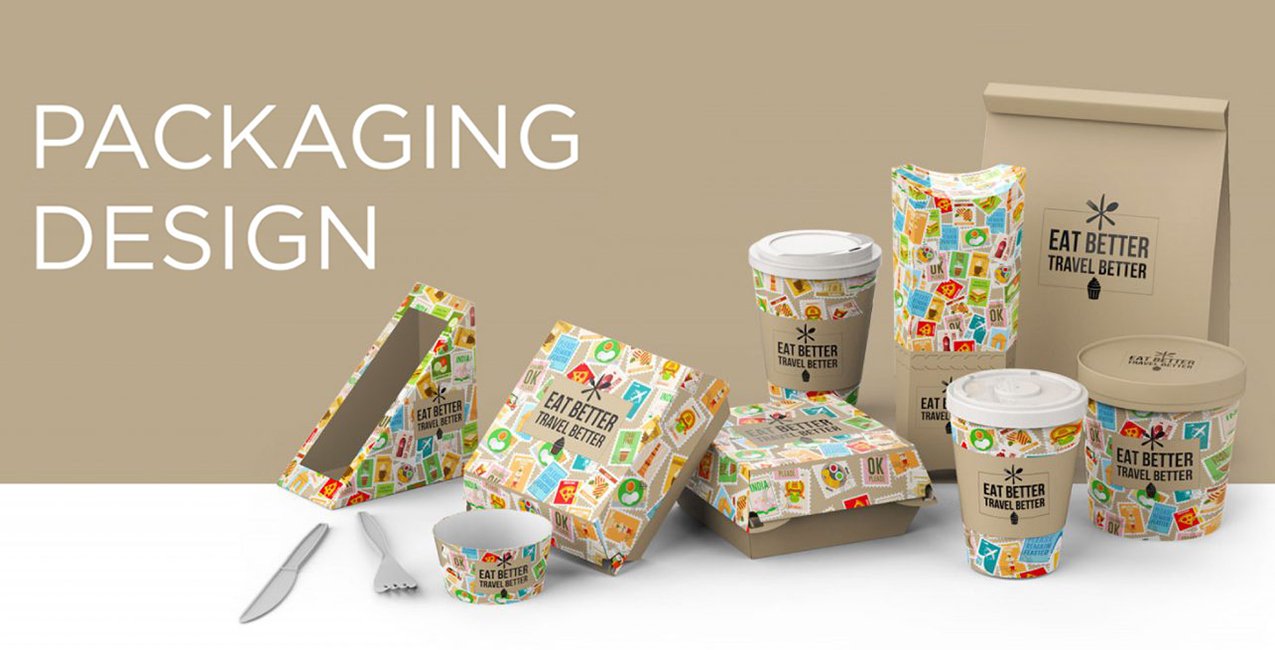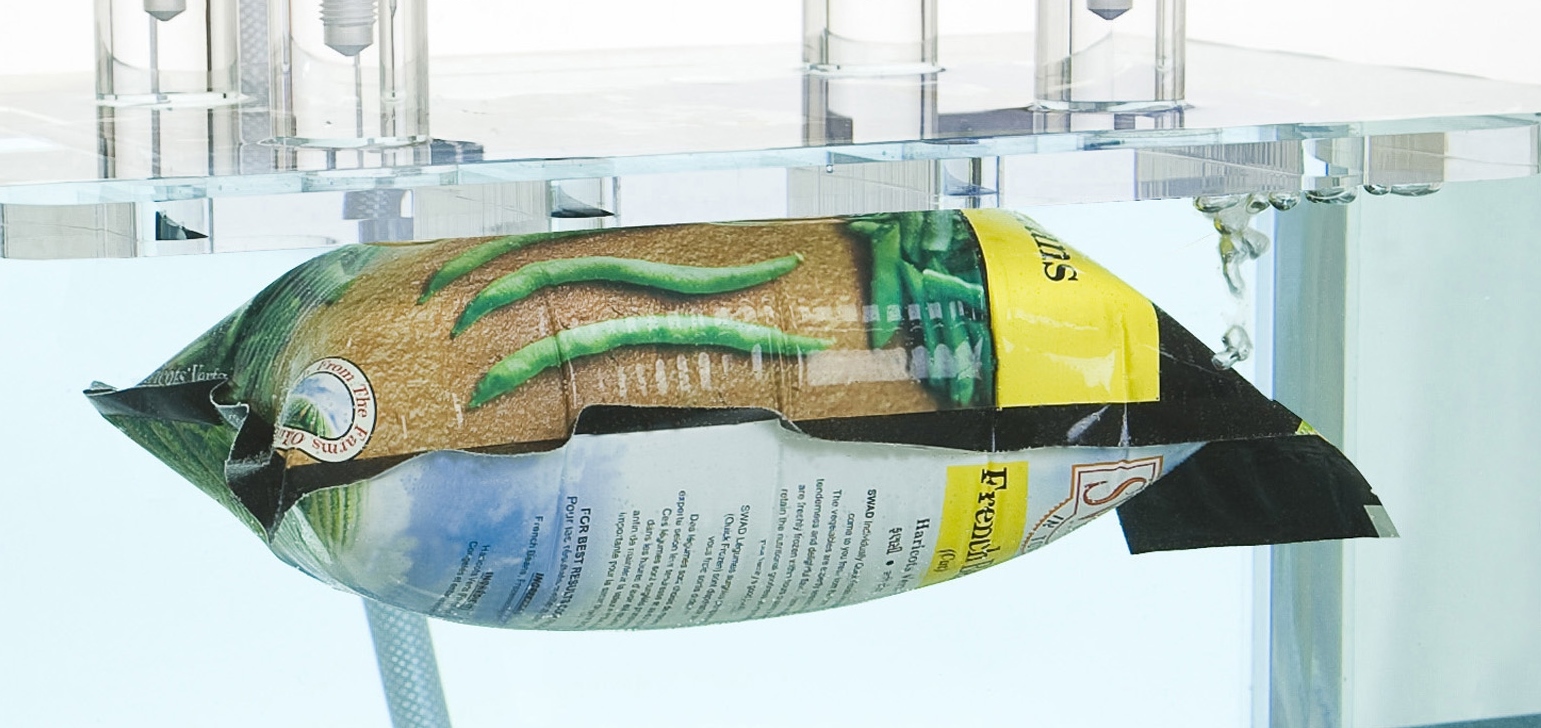
Food packaging plays a critical role in the consumer experience and the reduction of food waste. In this article, we’ll explore how the design and functionality of food packaging impact consumer choices and contribute to waste reduction. We’ll also discuss the importance of seal integrity and its role in food preservation.
Design and Consumer Choices
The design of food packaging can significantly influence consumer preferences and purchasing decisions.
Visual Appeal
Attractive packaging can grab a consumer’s attention, enticing them to choose a particular product. The use of vibrant colors, captivating images, and unique shapes can create a strong visual appeal, ultimately influencing consumer choices.

Informative Labeling
Informative labeling provides essential information about the product, including ingredients, nutritional facts, and allergen warnings. Clear and concise labeling helps consumers make informed decisions, catering to their preferences and dietary needs.
Brand Identity
Packaging design can also reinforce brand identity and establish trust with consumers. Consistent design elements such as logos, fonts, and colors help create a recognizable brand image, fostering loyalty among customers.
Functionality and Consumer Choices
The functionality of food packaging can also impact consumer choices.
Convenience
Easy-to-open, resealable, and portable packaging makes food consumption more convenient for consumers. This convenience factor can significantly influence consumer preferences and purchasing decisions.
Freshness and Preservation
Packaging that effectively preserves food freshness and extends shelf life is essential. Consumers are more likely to choose products with packaging that ensures the quality and safety of their food.
Sustainability
With growing environmental concerns, consumers are increasingly seeking sustainable packaging options. Packaging made from eco-friendly materials or designed for recyclability can appeal to environmentally conscious consumers.
Impact on Food Waste
Food packaging can have a significant impact on reducing food waste.
Reducing Overconsumption
Portion-controlled packaging can help reduce overconsumption and food waste. By providing pre-measured servings, consumers can better control their food intake, leading to less waste.

Extending Shelf Life
Innovative packaging technologies can extend the shelf life of food products, reducing spoilage and waste. Examples include modified atmosphere packaging (MAP) and vacuum sealing, which slow down the deterioration process and maintain freshness.
Encouraging Recycling and Reuse
Packaging designed for recyclability or reuse can help minimize waste and promote a circular economy. By choosing packaging materials that can be easily recycled or repurposed, food manufacturers can contribute to waste reduction efforts.
Importance of Seal Integrity
Ensuring seal integrity is crucial for food packaging, as it plays a vital role in maintaining freshness and preventing contamination.
Seal Integrity Testers
Seal integrity testers are used to detect leaks or weak points in food packaging. These devices use various testing methods such as vacuum, high voltage, and ultrasonic testing to identify compromised seals. Ensuring seal integrity not only maintains food quality but also supports waste reduction efforts.

Benefits of Ensuring Seal Integrity
There are several benefits to maintaining seal integrity in food packaging:
- Food safety: Airtight seals prevent contamination from external sources, ensuring that the food inside remains safe for consumption.
- Extended shelf life: Properly sealed packaging can help prolong the shelf life of food products, reducing spoilage and waste.
- Preventing leakage: Ensuring seal integrity helps prevent leaks, which can lead to product loss and potential damage to surrounding items during transport or storage.
- Customer satisfaction: Consumers expect their food to be fresh, safe, and uncontaminated. By maintaining seal integrity, food manufacturers can meet these expectations and foster trust among their customers.
The art of food packaging encompasses both design and functionality, impacting consumer choices and reducing food waste. Visually appealing designs, informative labeling, and brand identity all contribute to the consumer’s decision-making process. Functionality, including convenience, freshness preservation, and sustainability, is equally important in influencing consumer preferences. By ensuring seal integrity and utilizing packaging innovations that reduce waste and extend shelf life, the food industry can contribute to a more sustainable future and improve the overall consumer experience.




